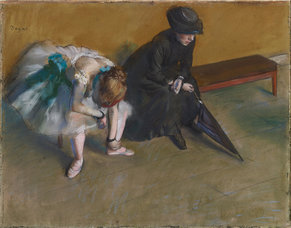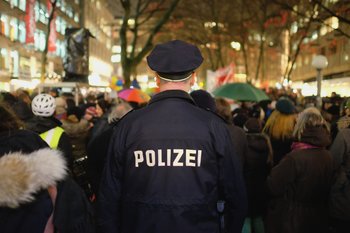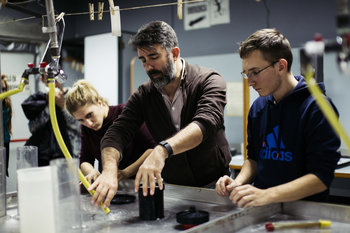
Problem Statements
Carefully crafting your problem statement and then revisiting it and changing it if required. Different framing of the same problem tends to lead to dramatically different solutions.
Preserving Ambiguity
Being careful not to adopt assumptions too early whereby you may sacrifice open creativity in favor of familiarity and certainty.
Thought Experiment
Developing hypothetical situations that are intuitive and analogous to far more complex problems. A means of simplifying the very complex.
First Principles
Working from first principles -- foundational rules with broad explanatory power that you hold to be true.
Analogical Reasoning
Using analogies to reframe problems, solutions or concepts.
Brainstorming
Freely offering ideas without constraint or validation.
Reverse Brainstorming
Brainstorming all the ways an idea or plan could fail.
Free Writing
Brainstorming in full sentence and paragraph form for some time without stopping.
Improvisation
A tradition of collaboratively composing a story, song or creative work in an additive way without ever rejecting or validating the ideas of others. This typically goes off on a wild tangent and is used to break teams out of static modes of thinking.
Role-playing
Acting out parts e.g. customers with different motivations.
Mind Mapping
Drawing your ideas about a topic as a tree of concepts.
Motley Crew Principle
The observation that creative efforts such as a movie production benefit from the contributions of people with diverse backgrounds, ways of thinking and experiences.
Charrette
A charrette is an intensive and potentially long period of group work in a room together until something is completed. This extends from design traditions for delivering assignments and projects.
Creative Tension
Creative tension a culture that sacrifices group harmony for the purposes of creativity. For example, strongly arguing as a group as opposed to being positive all the time.
Creative Direction
Granting a person creative control who has demonstrated a talent for delivering creative results. It is rare for group decisions to be creative as they reflect the social compromises of a group.
Journaling
Writing down every idea you have in case you want to go back to it. A very common technique in creative industries such as music whereby song writers commonly keep a journal.
Creativity of Constraints
Where assumptions tend to be the enemy of creativity, constraints can be productive where they force you to be ambitious. For example, a low budget that forces a team to find a simple and direct solution to a problem.
Perspective Switching
Looking at things from different perspectives such as marketing, operational, customer, regulator and competitor views of the same strategy.
Cognitive Switching
Using different modes of thinking such as logical, emotional and traditional thinking to view a problem in different ways.
Design Thinking
Solving problems by designing things.
Systems Thinking
Trying to consider the entire impact of things including unintended consequences of change to complex systems.
Empathy Training
Training that puts you in the shoes of someone else to try to understand how things are for them. Often designed to break static thinking and assumptions.
Creative Intuition
The observation that ideas appear to simply pop into your mind after a long period of thinking about a problem. This calls for taking your time and letting your mind work on a problem for a while.
Creative Idealism
Idealism is the theory that ideas shape reality and not the other way around. This can be a useful way to think when generating ideas.
Defensive Pessimism
Experiments
Designing and conducting carefully controlled tests to validate ideas and discover new knowledge.
Root Cause Analysis
Examining cause and effect to distinguish between symptoms and the root cause of a problem.
5 Whys
Asking why five times in succession to dig deeper into a concept or issue.
Challenging Assumptions
The process of identifying and challenging assumptions including your own.
Assumption Reversal
Write down all your assumptions including those that feel obvious and unshakable then reverse each assumption to examine the impact.
SWOT Analysis
Listing strengths, weaknesses, opportunities and threats. A popular way to examine your current strategic position.
Sanity Check
Challenging your decisions, strategies and plans with the question -- does this make any sense whatsoever?


































